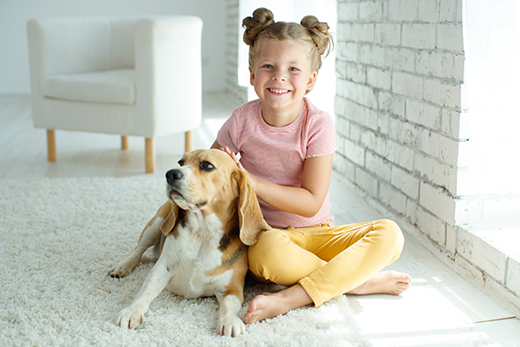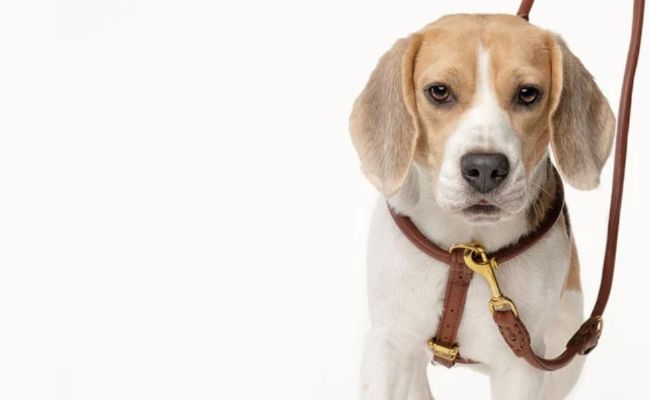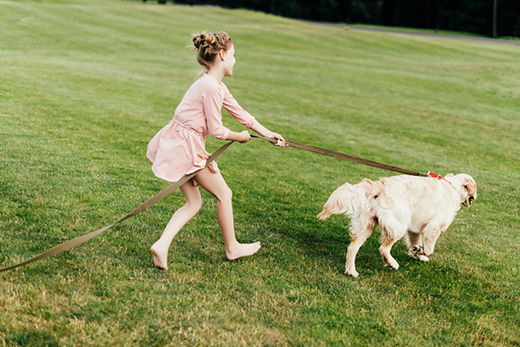
Is Your Dog Scared Of Children? Why And What To Do
The vision of a child playing with a dog is often seen as the epitome of innocence and joy. However, for some dog owners, this scene is far from reality. It can be disconcerting and, at times, embarrassing when one finds their dog scared of children.
This behavior can be surprising, especially if the dog is otherwise friendly or even if it has been around children before. Before delving into solutions, it is essential to understand the root causes.
Why Might a Dog Fear Children?
- Lack of Early Socialization: Dogs not exposed to various experiences, including different types of people, sounds, and environments in their early stages of life, might find children intimidating. Their unpredictable movements, high-pitched voices, and general energy can be overwhelming for a dog that has not experienced it during its formative weeks.
- Past Negative Experiences: Like humans, dogs remember trauma. A child might have unknowingly hurt the dog, pulled its tail, or treated it roughly. Such incidents can make a dog wary of all children.
- Protectiveness: Some dogs are inherently protective of their owners. They might perceive children as threats, especially if they approach suddenly or loudly.
- Sensory Overwhelm: Children often carry scents foreign to dogs, from candies to school supplies, which can sometimes cause sensory overload.
Steps to Address Your Dog's Fear
Create Positive Associations: Start by associating children with positive experiences. Offer your dog their favorite dog treats when children are at a distance, reinforcing the idea that children bring good things. Over time, as your dog starts showing less anxiety, reduce the distance between the dog and the children.
Safe Spaces: Ensure your dog has a safe, child-free zone where they can retreat if they feel overwhelmed. This can be a room, crate, or a corner with their bed and favorite dog toys. They need to know that they have a safe escape if things become too much.
Educate the Children: Children must understand that dogs are not always like the ones they see on TV. Teach them to approach dogs slowly, avoid direct eye contact initially, and let the dog approach them. Educate them about not bothering the dog while it is eating or sleeping.
Invest in Training Tools: Sometimes, specific tools can help manage and train a fearful dog. A dog collar can be useful for control, while a round harness might be more comfortable for dogs that pull or lunge due to anxiety. Remember always to ensure these tools are used humanely and not as punishment.
Consult a Professional: If your dog's fear seems deeply ingrained or shows signs of aggression, it might be time to consult a professional dog trainer or behaviorist. They can offer tailored advice and strategies based on your dog's needs.
Avoid Forcing Interactions
One crucial thing to remember is never to force your dog into interacting with children. Forcing such interactions can lead to heightened fear and even aggression. Understand that, like humans, every dog has its comfort level and boundaries.
A dog scared of children can be concerning, especially in households or neighborhoods with many children. Understanding the root of this fear and taking a systematic, empathetic approach can ease your dog's anxiety. Remember, the goal is to make your dog tolerate children and ensure they feel safe and happy in their presence. A harmonious relationship between your dog and the children around them is achievable with patience, understanding, and consistent efforts.



